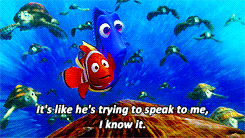This is a cross-post from 600Hemphill, which follows commercial litigation in the Texas Supreme Court:
“[W]e adopt the following two-step inquiry for determining when requests for findings and conclusions that are not required by the rules will trigger the extended ninety-day filing deadline. First, was the non-jury proceeding a type in which the trial court could consider evidence? Second, if so, was there evidence before the court? When the answer to both questions is yes and a party requests findings and conclusions, all parties benefit from the extended appellate timetable.
The first question is categorical, not case-specific. For example, it will be answered yes for a judgment following a bench trial, a default judgment on a claim for unliquidated damages, a judgment rendered as sanctions, and any other judgment that could be based in any part on an evidentiary hearing.
The second question is case-specific and focuses on whether evidence was presented to the trial court, not whether that evidence proved to be necessary in hindsight. In answering this question, it is not relevant whether the evidence presented was disputed, or jurisdictional, or material to an issue later raised on appeal.” Phillips v. McNeill, No. 19-0831 (Dec. 3, 2021) (citations omitted, emphasis added) (applying IKB Inus. v. Pro-Line Corp., 938 S.W.2d 440 (Tex. 1997) and Gene Duke Builders, Inc. v. Abilene Housing Auth., 138 S.W.3d 907 (Tex. 2004) (per curiam)).










